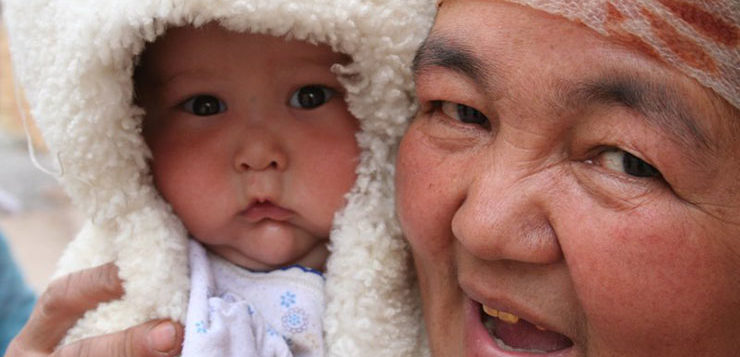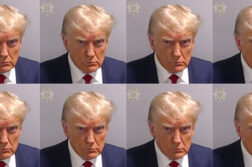DON’T MISS ANYTHING! ONE CLICK TO GET NEW MATILDA DELIVERED DIRECT TO YOUR INBOX, FREE!
You don’t have to commit mass killings to perpetrate a genocide, and the Chinese government’s oppression of Uighur Muslims meets precisely that definition, writes James Devenish.
On January 11th, 1967, US Senator William Proxmire made the bald declaration that “day after day” he would remind the Senate of their failure to act to prevent future genocides by not ratifying the Convention on the Prevention and Punishment of Genocide.
Ever a man of his word the Senator, admiringly known as the Bulldog, stood up and delivered over 3,000 speeches on genocide over the next two decades, covering atrocities ranging from the Armenian Genocide to the Hutu led rebellion in Burundi in 1972 and many, many more.
During the Cambodian genocide, Proxmire was one of only a handful of US officials willing to acknowledge the mass killings being carried out by the Khmer Rouge, let alone to label their actions genocide. In one of his many speeches on Pol Pot’s genocidal campaign, Proxmire said; “This is no ordinary genocide. There are no concentration camps and gas chambers disguised as showers. This is genocide without technology”.

The genocide being perpetrated against Uighur Muslims is no ordinary genocide. This is a genocide fit for the modern day. Carried out in the grey area of public and governmental morality. Designed to negate the international community’s Right to Protect (R2P). Whilst it has not led to the mass deaths that are often conflated with the genocidal campaigns of the past, make no mistake – the Chinese Communist Party is responsible for one of the worst ongoing Genocides in decades. It is time the world recognises it as such.
In order for this recognition to occur, it is important to understand the origins of genocide and more specifically the origins of the word itself.
In the aftermath of WW1, a Polish born Jewish student read an article about a Turkish General that had been assassinated by an Armenian man in Germany for his role in the Armenian genocide. This student, Raphael Lemkin, was perturbed by the fact that the assassin could be prosecuted for the death of one man, whilst the General could not be prosecuted for the deaths of millions.
Lemkin felt that mass killings such as the Armenian Genocide were different to other politically motivated atrocities because of the underlying desire by the perpetrators to extinguish a group’s cultural existence.
After losing countless family members in the Holocaust, Lemkin took his cause to the newly formed United Nations. Being a linguist, Lemkin knew that for people to grasp his theories it had to have a simple and defining name. Previously used euphemisms such as “barbarity” and “vandalism” had other connotations and were not easily recognisable, whilst post WW2 terminology such as “Germanization” and “Magyarization” could not be widely applied to other cases.
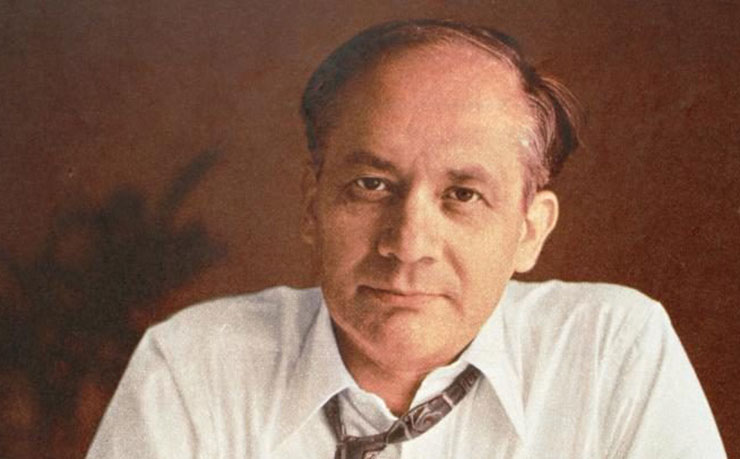
Inspired in some sense by George Eastman’s camera name “Kodak” for its simplicity and ease of recognition, Lemkin settled on the word “Genocide”; a hybrid of the Greek word ‘Geno’, meaning tribe and the Latin word ‘Cide’ meaning killing.
Following two years of relentless lobbying of delegates in the United Nations – often having to chase after them for ambassadors feared being trapped in the long dialogues Lemkin was known for – Lemkin’s vision was finally realised on the 9th December 1948, with the passing of the Convention on the Prevention and Punishment of the Crime of Genocide.
Article 2 of this convention stipulates the definition of Genocide and provides the international community with the framework to assess the CCP’s interment of over 1 million Uighur Muslims in Xinjiang province as Genocide.
Article 2 of the Convention
In the present convention, genocide means any of the following acts committed with intent to destroy, in whole or in part, a national, ethnical, racial or religious group, as such:
- Killing members of the group;
- Causing serious bodily or mental harm to members of the group;
- Imposing measures intended to prevent births within the group;
- Forcibly transferring children of the group to another group;
- Deliberately inflicting on the group conditions of life calculated to bring about its physical destruction in whole or in part.
The last point is a particularly important component of the definition of genocide, as it encapsulates Lemkin’s assertion that genocide is recognisable based on the cultural destruction it aims to achieve.
The CCP is leading a top down effort to use its technological authoritarianism to identify and persecute Uighur Muslims throughout Xinjiang province who are seen to be ideological threats to the ruling party.
These ‘threats’ do not only consist of religious and cultural leaders, but of Uighur Muslims who have grown a beard, renounced cigarettes and alcohol or engaged in any open expression of their faith.
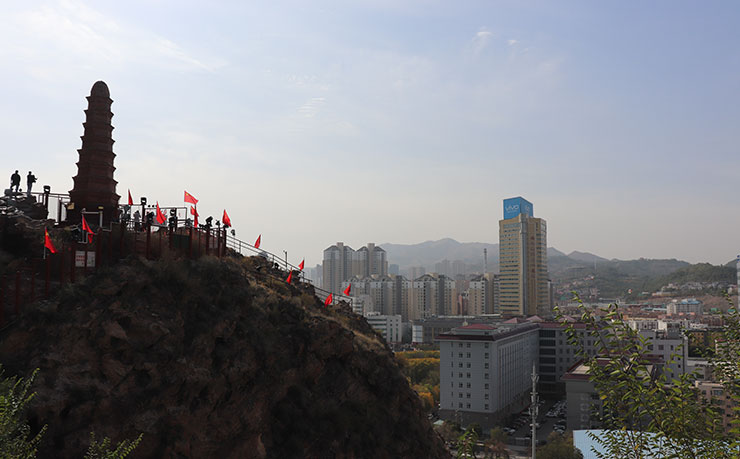
The population throughout Xinjiang province lives under a technological police state. In no city is this more true than in Urumqi. One is unable to walk 100 metres without spotting a facial recognition camera, or go one day without being subjected to a police check.
I experienced this first hand when I visited the city for five days in September 2019. I had not stepped foot out of the train station before being subjected to my first police check. In a routine that would become familiar, I was asked for my passport, my travel plans, why I was in the city and more often than not whether I was a journalist.
The feeling of being constantly watched and investigated is a stifling one. As a clearly foreign tourist I have no doubt that my experiences pale in comparison to those of the local population.
More disturbing than the constant surveillance was the made-for-tourist cultural sites. Muslim markets that would have been bustling cultural hubs only a decade ago had been stripped down and rebuilt-to-order for the mass of Han Chinese tourists attracted to the city.
On a daily basis I witnessed police interrogations on the side of busy roads and in the early morning it was not uncommon to see white police prisoner transport vans driving throughout the city. Whilst anecdotal, what I witnessed in Urumqi was analogous with other reports throughout the region and is the public front of the CCP’s efforts to bring about the cultural destruction of Uighur Muslims.
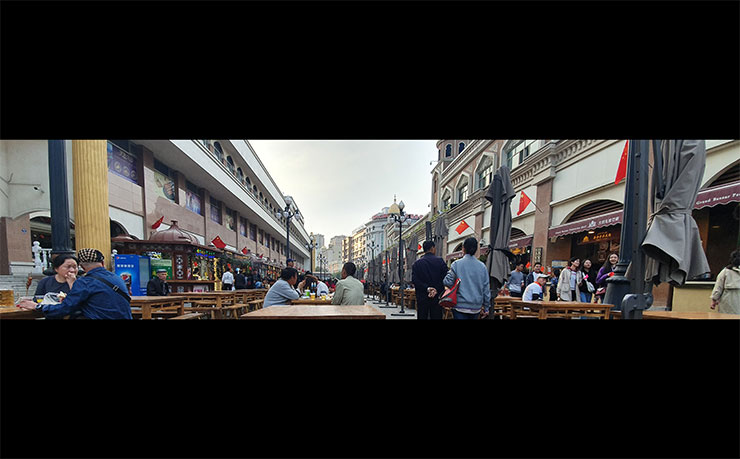
The far less public front of this genocidal campaign is the “re-education camps” estimated to indefinitely incarcerate between 1 and 1.5 million Uighur Muslims. As local police and military work to cleanse cities of the physical remnants of Islamic culture by bulldozing mosques and closing markets, these camps aim to ideologically cleanse Muslims of their cultural values and traditions.
The methods used to force such mass ideological reformation are largely unknown. When international news organisations are granted permission by the Chinese government to tour these facilities there is often evidence that what they are shown is temporary and designed only for their visit.
Despite these unsurprising official cover-up attempts, Human Rights Watch has uncovered evidence based off interviews with former detainees of “rampant abuse” that includes torture and mistreatment at these camps.
With up to 10% of the Uighur population incarcerated in camps throughout western China, the CCP is continuing to step up its campaign of cultural genocide. Behind the shield of terrorism prevention, local CCP officials led by Xinjiang party secretary Chen Quanguo have expanded internment camps and continued unimpeded to eradicate the “virus” of “religious extremism”.
It is an insult to the moral and logical aptitude of the international community to label an entire religious population terrorists based on the actions of a few. Yet the CCP has largely escaped meaningful intervention from the international community and has instead encountered policies of inaction and non-recognition, further emboldening them on their genocidal campaign.
As a modern, advanced and technologically superior super state, China has had to balance its campaign of authoritarian genocide with the moral tolerance of the international community. Based on the past reticence of US leaders to immediately recognise genocide (let alone intervene to prevent it), evidenced by its reaction to genocides in Cambodia, Iraq, Bosnia and Rwanda, the CCP is no doubt aware that they have some room for manoeuvrability.
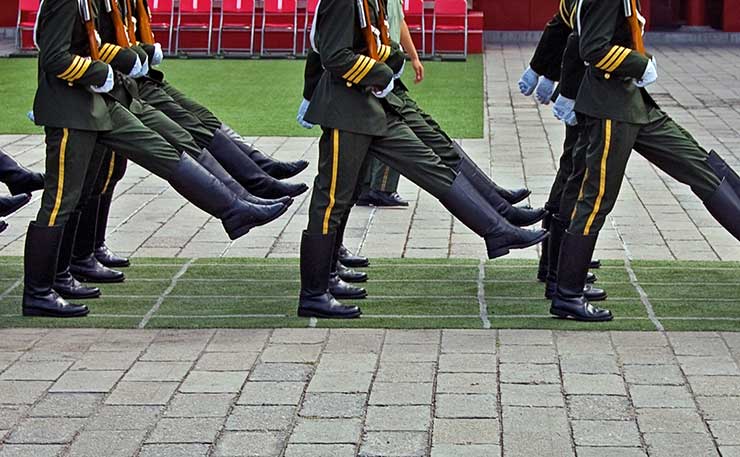
This history of reticence coupled with the ongoing bi-polar power clash between the two nations has exacerbated the ability for the CCP to carry out domestic human rights abuses with relative impunity.
As an emerging global power, China under Xi Jinping will be reliant on the support of other states to establish its legitimacy as the regional super power. As well as this, Xi’s already fraying One China dream relies on demonstrating to Hong Kong and Taiwan the efficacy of life under Party rule.
By operating in a genocidal grey area, the CCP can successfully destroy the Uighur’s culture through arbitrary internments and forced ideological reformation in a way that is more palatable to both the international community and China’s satellite states.
BE PART OF THE SOLUTION: WE NEED YOUR HELP TO KEEP NEW MATILDA ALIVE. Click here to chip in through Paypal, or you can click here to access our GoFundMe campaign.
Donate To New Matilda
New Matilda is a small, independent media outlet. We survive through reader contributions, and never losing a lawsuit. If you got something from this article, giving something back helps us to continue speaking truth to power. Every little bit counts.


